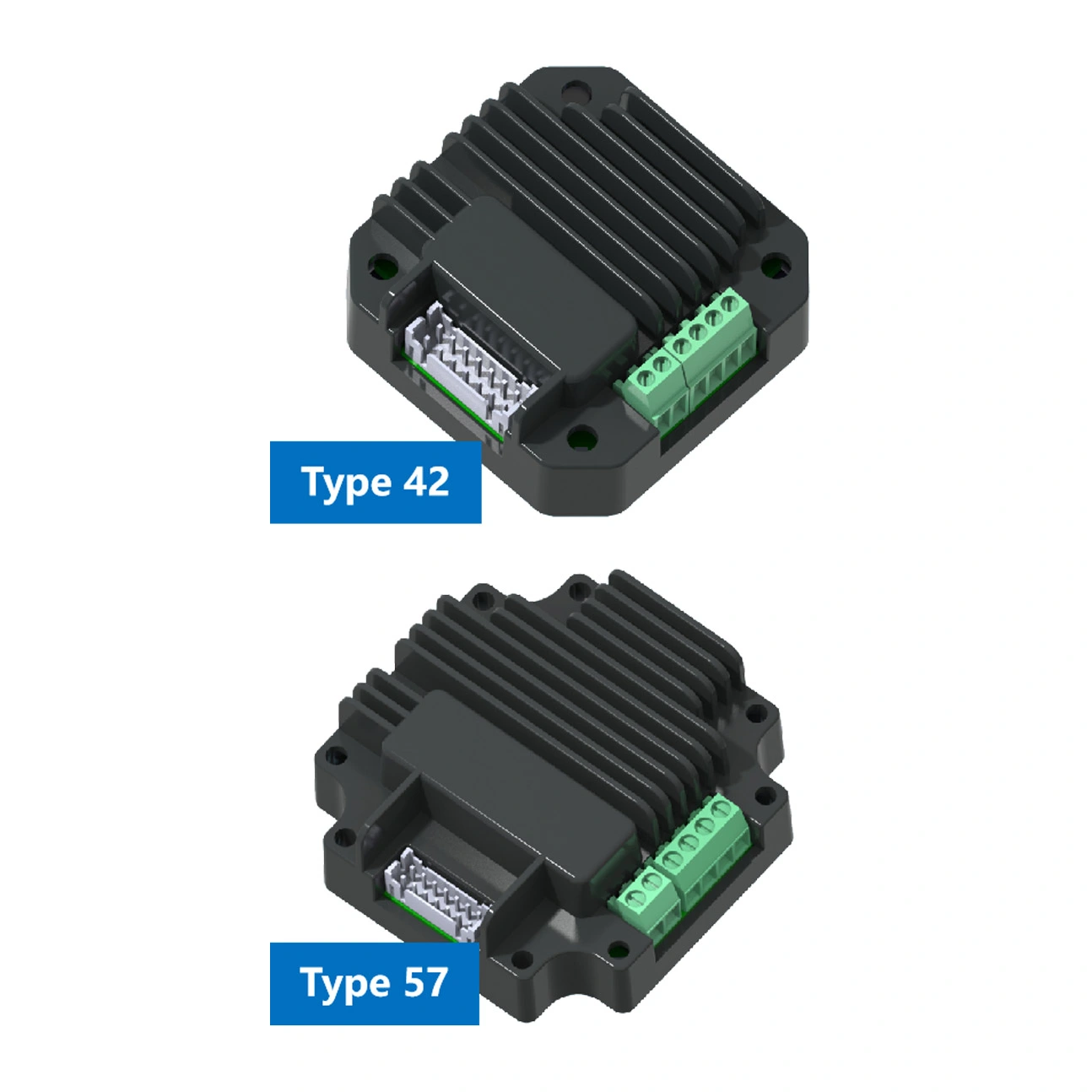Quantitative polymerase chain reaction (qPCR) is a powerful technique used in various fields of research and diagnostics. It allows us to accurately measure and analyze gene expression levels, detect pathogens, and perform genetic analysis. However, ensuring the reliability, robustness, and reproducibility of qPCR results is crucial for obtaining accurate data. In this blog post, we will delve into the intricacies of qPCR instrument performance and strategies to enhance the robustness and reproducibility of its results.
Understanding qPCR Instrument Robustness
qPCR instruments are specialized tools that amplify and detect specific DNA or RNA sequences in a sample. To ensure reliable and accurate results, understanding the robustness of qPCR instruments is vital. Factors such as temperature control, proper calibration, and consistent reproducibility contribute to the overall robustness of the instrument. Manufacturers provide detailed specifications regarding the instrument's performance, including dynamic range, sensitivity, and precision. It is crucial to choose a qPCR instrument with a robust design and proven track record for reliable results.
Ensuring Reproducibility in qPCR Instrument Results
Reproducibility is a critical aspect of scientific research and diagnostics. Without reproducibility, obtaining consistent and reliable results becomes challenging. In the context of qPCR instruments, reproducibility refers to the ability to obtain consistent results when analyzing the same sample or target gene multiple times. Several factors can influence reproducibility, including pipetting techniques, uniform sample preparation, efficient primer design, and accurate data analysis. Standard operating procedures and proper training of operators are also essential to minimize experimental variability.
Calibration and Validation Techniques for qPCR Instruments
qPCR instruments require regular calibration and validation to ensure accurate measurements. Calibration involves verifying the instrument's performance using known standards or samples with a known quantity of target DNA/RNA. Different calibration methods, such as serial dilutions and specific DNA or RNA standards, can be employed. Additionally, inter-laboratory comparisons and participation in external quality assessments enhance confidence in the instrument's performance and data accuracy. These measures help identify and correct any instrumental discrepancies, ultimately enhancing the robustness and reproducibility of qPCR results.
Best Practices for Optimal Performance of qPCR Instruments
To maintain the robustness and reproducibility of Flashtest qPCR instrument results, implementing best practices is essential. Some important recommendations include:
Regular maintenance and calibration of the instrument as per the manufacturer's guidelines.
Consistent use of high-quality reagents, including primers, probes, and master mix.
Implementation of proper experimental controls, such as positive and negative controls, to validate results.
Adherence to standard operating procedures for sample handling, setup, and plate loading.
Utilization of appropriate data analysis methods, including proper normalization and statistical analysis.
The robustness and reproducibility of qPCR instrument results play a crucial role in obtaining accurate and reliable data. Understanding the factors that influence instrument performance, implementing calibration and validation techniques, and following best practices can greatly enhance the quality of qPCR results. By adhering to these strategies, researchers and diagnosticians can ensure precise measurements, facilitate cross-laboratory comparisons, and advance scientific knowledge in various fields.
Related Animal Lab Test Products
-
-
- Dry Chemistry Analyzer
- Compact Fully Automated Immunofluorescence Analyzer
- Economical Immunofluorescence Analyzer
- Handheld Immunofluorescence Quantitative Analyzer
- High-Speed Fully Automated Immunofluorescence Analyzer
- Semi-Automated Immunofluorescence Analyzer
- Immunofluorescence Analyzer + Incubator
- Handheld Immunofluorescence Quantitative Analyzer


![[4039]Babesia Gibsoni Ab [4039]Babesia Gibsoni Ab](/uploads/image/20250112/13/Babesia-Gibsoni-Ab-Rapid-Test-Kit.webp)

![[4025]Canine Parvovirus/ Distemper Ag Combo (CPV/ CDV Ag) [4025]Canine Parvovirus/ Distemper Ag Combo (CPV/ CDV Ag)](/uploads/image/20250112/13/Canine-Parvovirus-Distemper-Ag-Combo-CPV-CDV-Ag-Rapid-Test-Kit.webp)